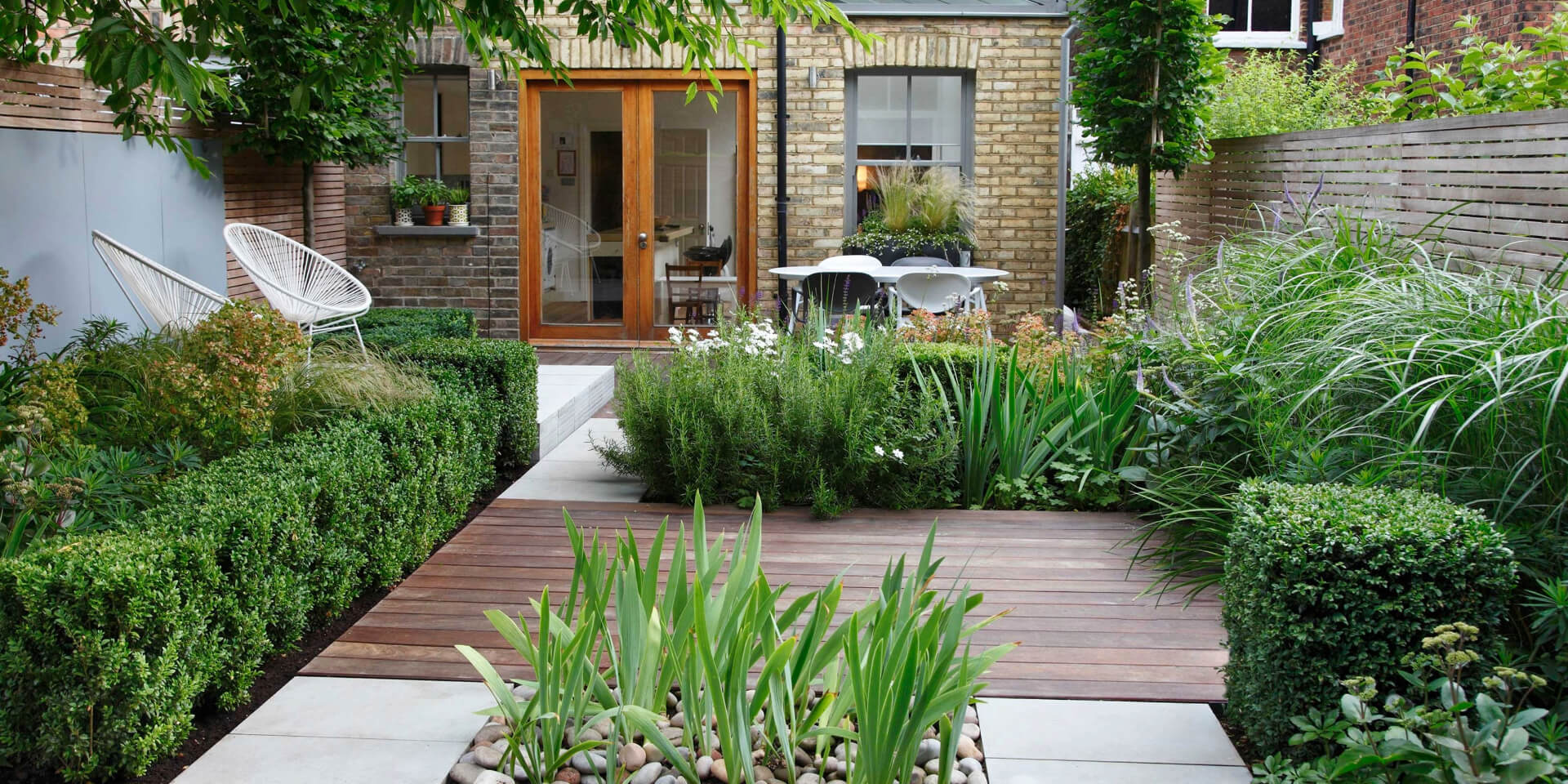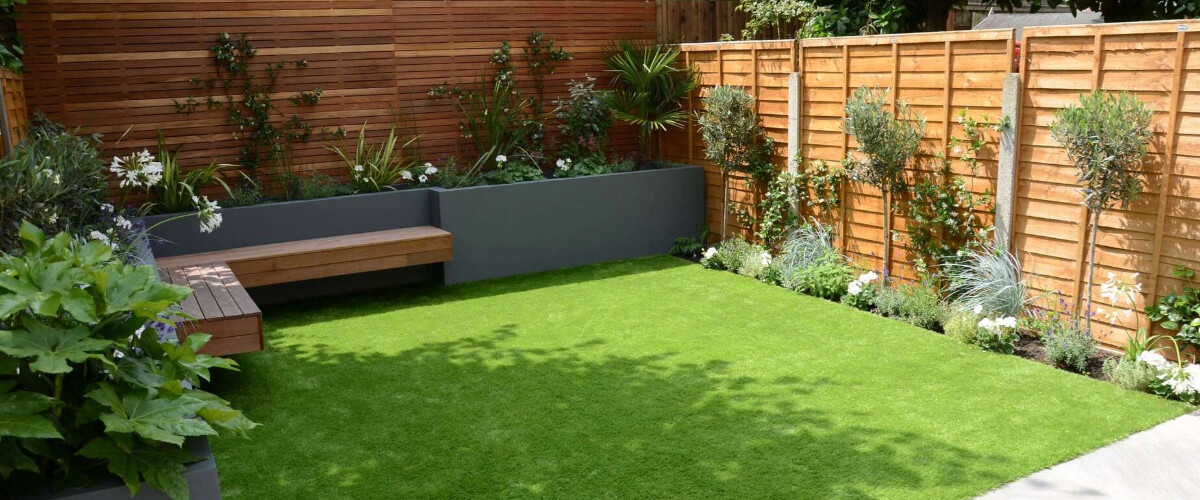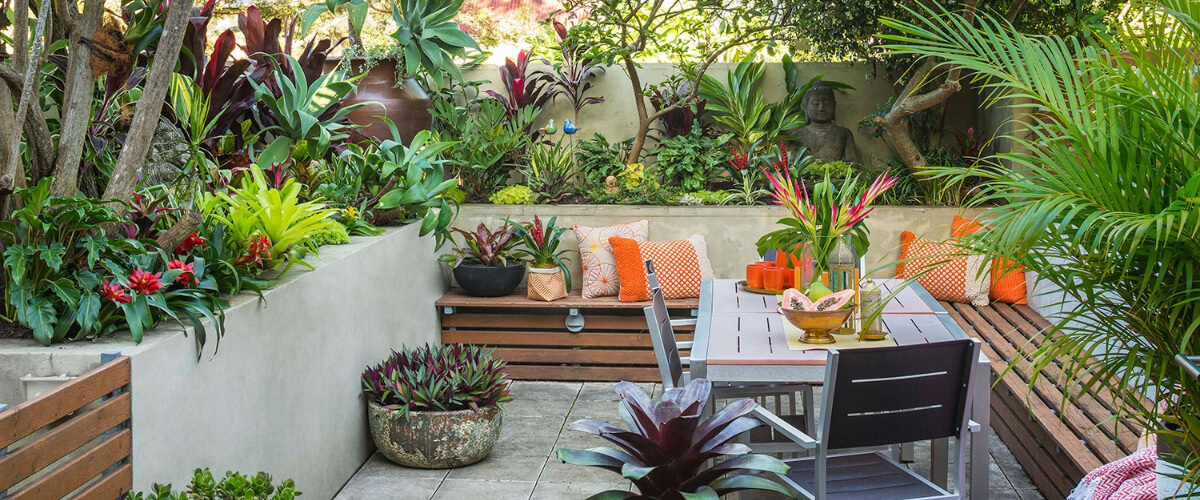
While small garden spaces may present unique challenges, they offer endless opportunities for creativity, innovation, and efficient organization.
What are the most common challenges of organizing a small garden?
Perhaps the limited space available is the most obvious challenge of organizing a small garden. This constraint can make it difficult to fit all the desired elements, from plants and pathways to seating areas and garden features.
Furthermore, small gardens may be overshadowed by neighboring buildings or tall trees, resulting in limited sunlight exposure. It can restrict plant selection and growth, making cultivating certain species challenging or maintaining a healthy garden ecosystem challenging.
Besides, maintaining a cohesive and harmonious design can be challenging, with limited space to work with. Small gardens may feel cluttered or disjointed if not carefully planned, requiring thoughtful consideration of layout, scale, and proportion to create a balanced and visually appealing space.
However, with careful planning, strategic design, and thoughtful plant selection, small gardens can become vibrant and inviting retreats that bring joy and beauty to homeowners and visitors alike.

How can I organize a small garden?
Organizing a small garden involves thoughtful steps to optimize space, functionality, and aesthetics.
Assessment
Begin by thoroughly assessing your small garden's dimensions, layout, and environmental conditions. Take note of sunlight exposure, soil quality, and existing features like walls, fences, or pathways. Understanding these factors will inform your design decisions and help you make the most of the available space.
Planning
With a clear understanding of your garden's parameters, establish your goals and priorities for the space. Consider how you want to use the garden, whether for relaxation, entertaining, or growing your produce and tailor your plans accordingly.
Vertical Gardening
Embrace the vertical dimension of your garden by incorporating vertical structures to maximize growing space. Install trellises, wall-mounted planters, or hanging baskets to cultivate plants upwards, freeing up valuable ground space while adding layers of greenery and visual interest to your garden.
Strategic Plant Selection
Choose plants that are well-suited to the unique conditions of your small garden, considering factors such as light requirements, soil preferences, and mature size. Opt for compact or dwarf varieties that won't outgrow their allotted space, and select plants with varying textures, colors, and seasonal interests to create visual depth and diversity in your garden.

Multi-functional Features
Optimize space efficiency by integrating multi-functional furniture and features into your garden design. Select outdoor furniture pieces that double as storage units or incorporate built-in planters for added functionality. Look for space-saving solutions like foldable tables, stackable chairs, or modular seating arrangements that can be easily reconfigured to suit your needs and maximize space usage.
Creative Edging and Pathways
Define garden beds and pathways with creative edging materials and designs to add structure and visual appeal to your small garden. Experiment with border plants, decorative stones, or low-maintenance ground covers to delineate garden borders and create defined planting areas.
By carefully considering these factors and implementing creative solutions, you can effectively organize a small garden that maximizes space, functionality, and beauty, creating a charming and inviting outdoor retreat.